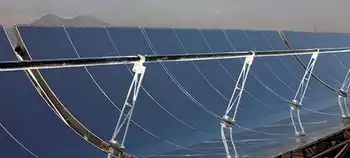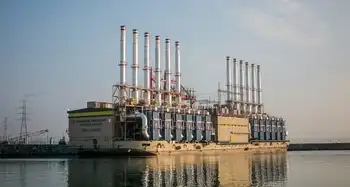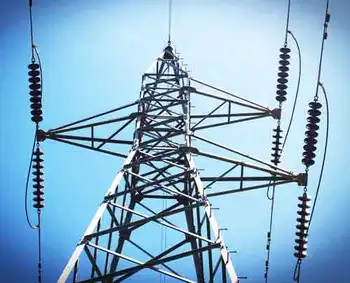Smart Grid is a two-way street
By Ross Densley, Online Writer, GDS International
Electrical Testing & Commissioning of Power Systems
Our customized live online or in‑person group training can be delivered to your staff at your location.

- Live Online
- 12 hours Instructor-led
- Group Training Available
Leading protagonists from within the Utilities sector met recently in a closed door meeting to discuss various aspects of U.S. investment in the country’s smart grid – from improving communications, battery power and longevity, grid technology, and advanced metering infrastructure. The attendees at the Next Generation Utilities US Summit hosted by GDS International were among the pioneers championing a change in philosophy across the grid.
Steve Hummel, of PV Powered spoke concisely about the challenges facing grid integration, suggesting that current US grids were not designed for a two-way flow, meaning high penetration could destabilize the grid. The solution? A robust synchrophasor-based solution that will add a new level of intelligence, merge existing and emerging grid infrastructure and revolutionize distributed generation command and control.
This solution echoes Jill Feblowitz, IDC Energy, who discussed future spending and investment across the smart grid. Jill broke down the North American Intelligent Grid Spending Forecast, explaining that a majority of the study respondents 87 percent reported that their companies had 2009 budgets for intelligent grids. Budgets ranged from a low of $10,000 to a high of $200 million. Of the companies referenced in the report, 19 percent said their investment would remain stagnant, while a much larger percentage – around 61 percent – said they would increase the investment for their intelligent grid investment.
Mary Doswell, Dominion, spoke regarding battery boosts and advanced storage technologies and how they can provide numerous efficiency benefits to the electric grid including load cycle smoothing, reduction of losses, improved power quality, provision of ancillary services, deferral of investment, and peak shaving. Trends toward distributed generation and bringing more large-scale wind onto the system will increase the urgency for reliable battery technologies.
“The versatility of storage technologies has created challenges in determining how to treat energy storage from a regulatory perspective. Depending on how it is used, storage can have impacts to the grid similar to both a generation and a transmission asset.”
Despite the complexities and the dynamic nature of different storage technologies, executives at the summit understand the necessity of reliable storage resources as America takes the step toward a greener future. Under the Recovery Act, $200 million in funding has been committed for research into various energy storage technologies, and proposed federal legislation would provide tax credits for energy storage and provide funding for advanced battery research and development.
With a continued and better understanding across relevant investment, key IT decisions, improved storage solutions and advanced metering infrastructure, AmericaÂ’s smart grid future will rival any across the world events like the Next Generation Utilities US Summit continue to put key players within the industry together, making smart grid advancements easier.











